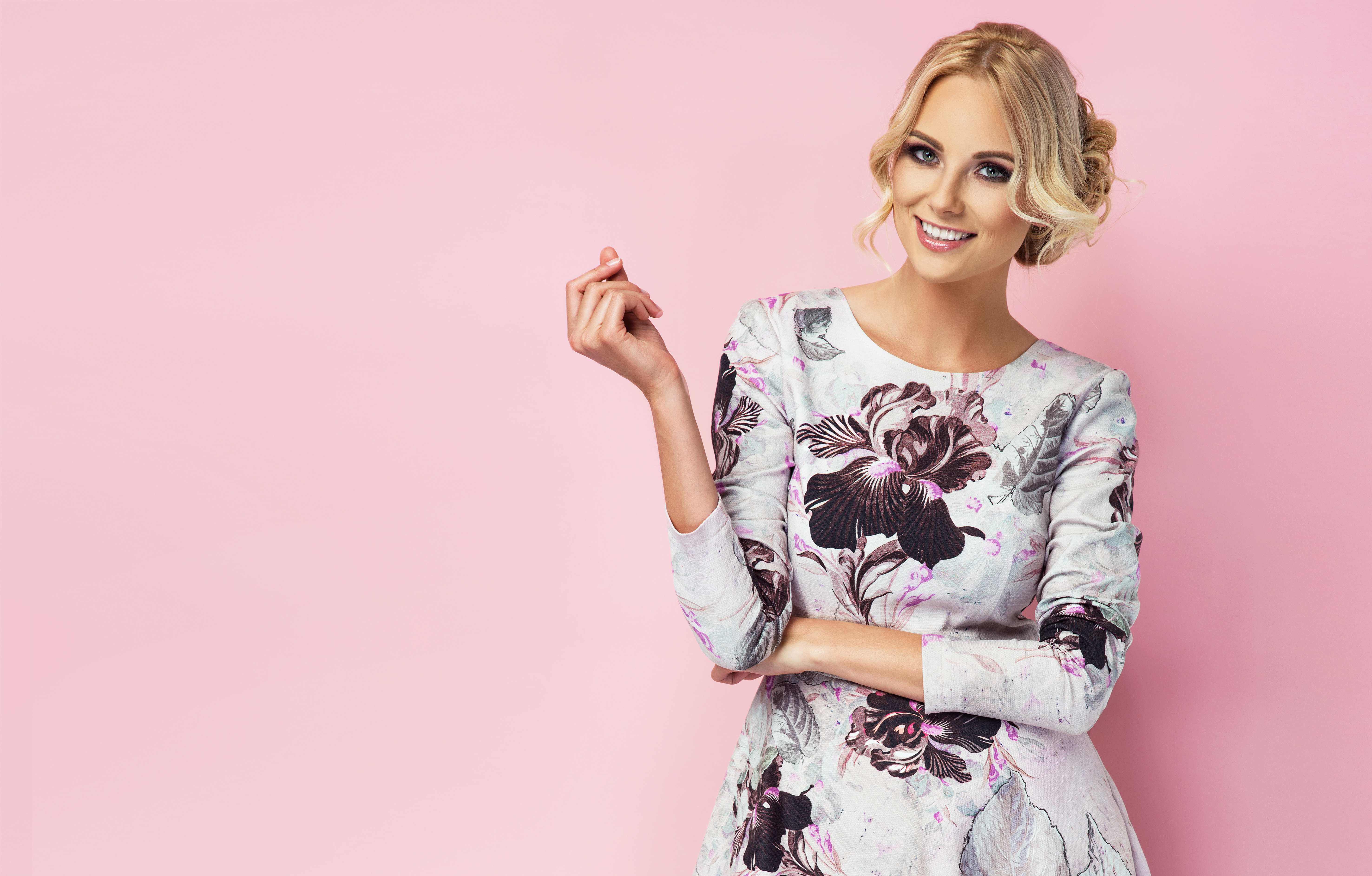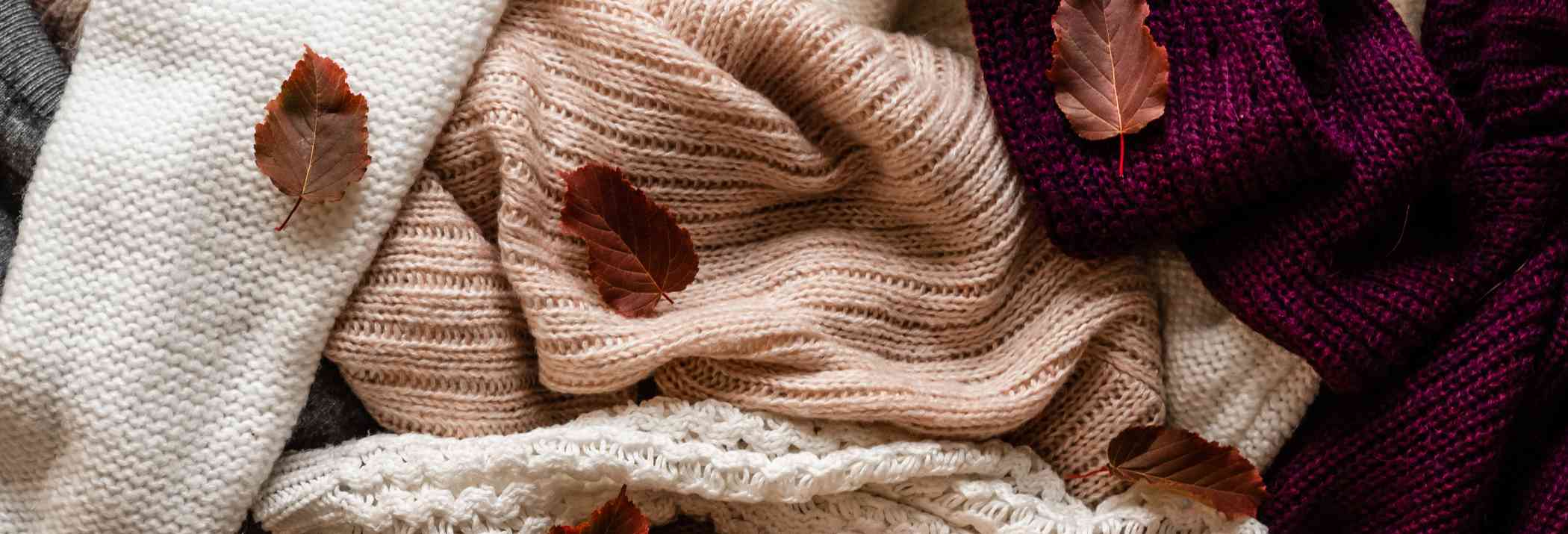What is the Contrast Principle of Design?

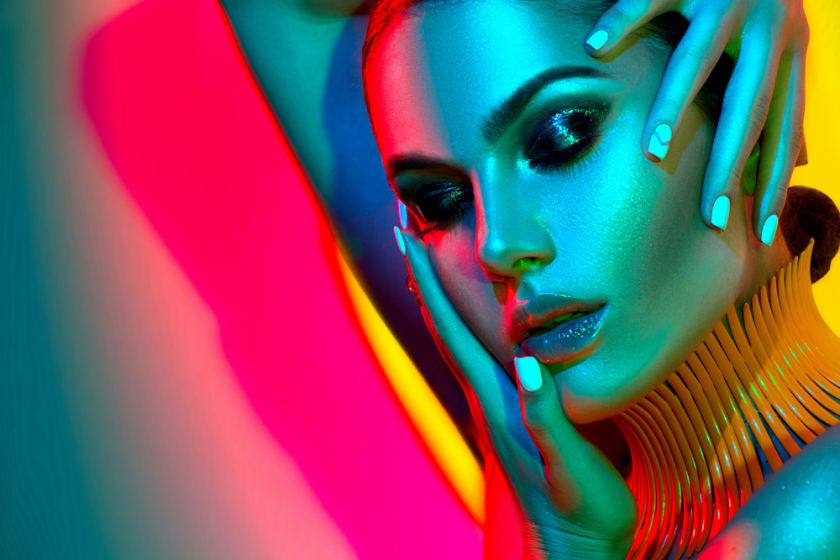

To ensure that your fashion design does not get dull, you must use appropriate contrast. Remember that it is all about the message you want to send to your audience; thus, a good contrast principle of design can help you build visual appeal.
Principle of fashion designing
Everything you can imagine has a structure, and the contrast principle of design is what assists you in constructing a correct and functional framework.
That is why understanding the fundamentals of fashion design is so important. It will help you comprehend the fundamental structures and concepts of fashion design. Every fashion designer should use these concepts as a guideline.
There are five key contrast principles of design in fashion design. These guidelines will assist you in combining many aspects of fashion design to create unique and exquisite designs. Every principle's underlying idea contributes to attaining visual harmony.
This article explains the most critical contrast principle of design.
Introduction to contrast
Along with accent, rhythm, and flow, the contrast principle of design has been one of the design elements. Defining contrast as "the attribute of being distinct from something else" may be the best approach to explain it. We see that a lot in fashion, with dark colors next to light colors.
It is the ultimate principle we use to assess the difference between two items — be it color, size, or value — and it is one of the classic principles of design contrast.
The Contrast principle of design
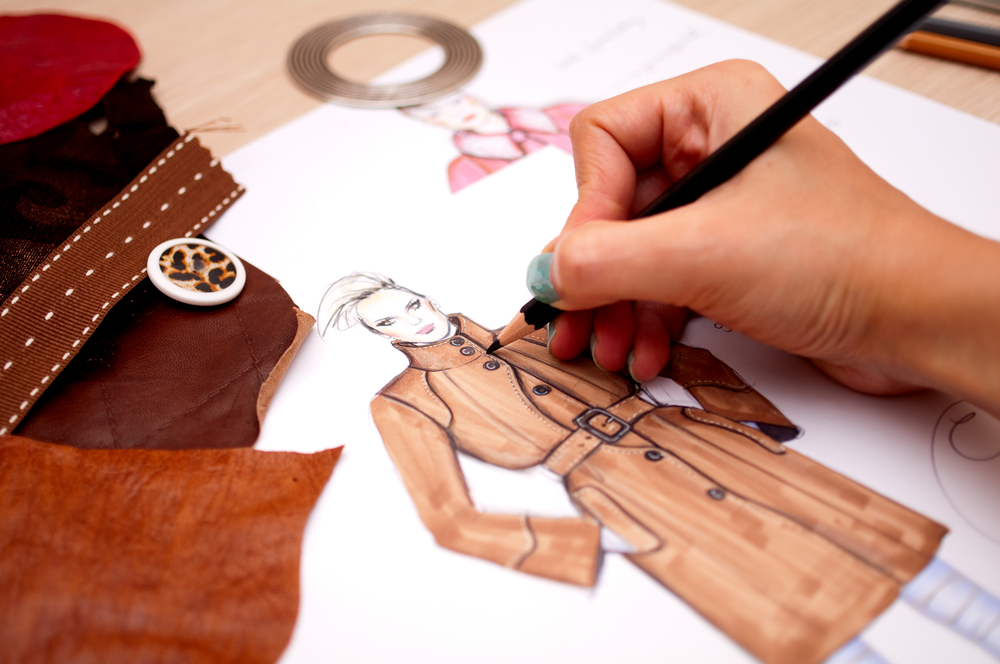
The unconscious information gathering from the composition in our early vision is known as pre-attentive processing. In visual terms, it is taking a first look at a piece of clothing.
Their eye movement is not determined from top to bottom in this processing, but rather by the primitive qualities of the element; one views the element that sticks out the most first, which is the element with the highest contrast.
And it is at this point, that the process of communicating with the design contrast begins. It starts even before someone is consciously paying attention and entering a stage of attentive processing.
They may make decisions quickly and move on because of the high contrast visibility in pre-attentive processing. They don't have to scan the entire apparel before deciding they don't want to look at it.
How do you employ contrast principles in designing?
Your design will be fascinating if you use the contrast principle of design in a balanced approach. Remember that the contrast definition in fashion design is to entice the audience to act on a call to action. One can use color, shape, and size to create contrast.
Color contrasts
Hue is a term used by artists to describe a specific color, usually one of the 12 on the color wheel. On the other hand, color theory can be helpful for fashion designers. We may use the color wheel to construct several traditional palettes that designers have utilized for ages to create high-contrast compositions.
In fashion, color is an essential factor in creating contrast. It is the most well-known notion among spectators. It is simple to see the difference between the two color values. Complementary colors are utilized to create contrast and are more pleasing to the eye.
Remember that you don't have to employ these colors in their purest, most vibrant versions. Making your colors brighter, darker, or muted may be more practical for real-world design contexts and trends, but it may still provide your design with some beautiful contrast.
Patterns and contrast
Finding patterns with the proper contrast levels for you in terms of value and color contrast can be the simplest method to work with contrast. There are prints with a wide range of contrast levels in terms of value.
Shape
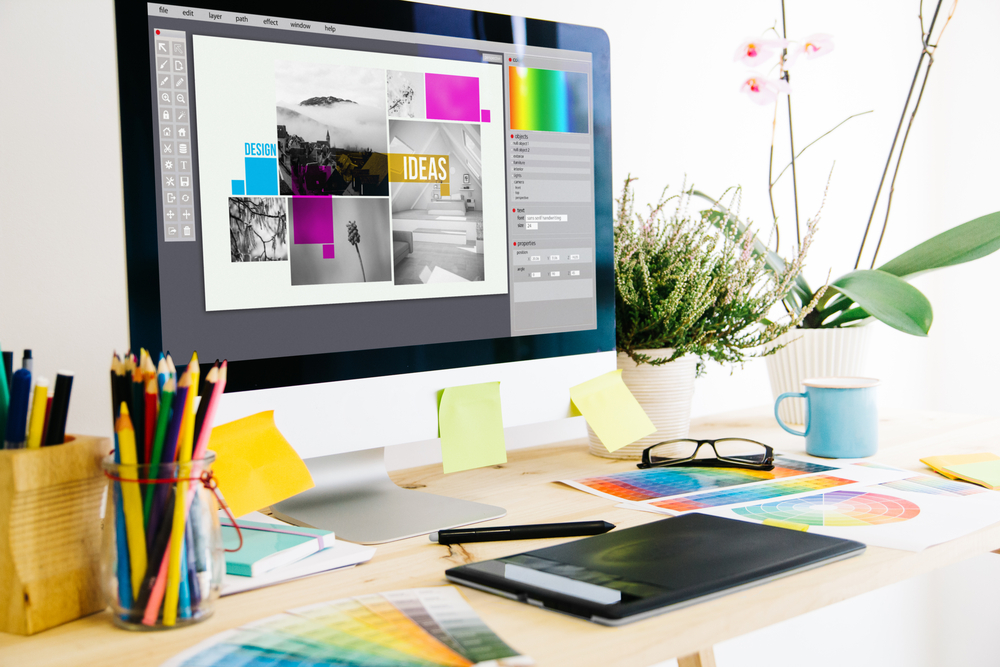
Geometric and spontaneous shapes offer appeal. Limits, such as lines or color, specify shapes. One frequently uses these limits to draw attention to a specific area. Because everything is a shape, you must always consider how the many aspects of your design create shapes and interact with each other.
Size disparity
Infographics are the most common way to make a visual impression by using varying sizes of forms. The larger the shape, the more critical it gets and the more it attracts your consumer attention.
This contrast provides interest and variety to your composition, and it's especially effective when working with current trends.
Texture
Surface quality, both simulated and real-world, is referred to as texture. Textures may give any fashionable item a more exciting look; it contributes to creating a believable environment. One can create texture with genuine fabric or by varying methods.
Rhythm
In a design, rhythm generates a sensation of movement. The eye goes from one body feature to the next using this technique. In addition, the application of rhythm to the surface pattern of fabrics used in the manufacturing of clothing items or products creates a contrast.
One can classify the specific use of rhythm into four categories: Dynamic Arrangement, Opposition, Repetitive, and Transition.
Intensity
Saturation refers to a color's intensity. Colour is 100 percent saturated in its purest, brightest form; the closer it gets to gray, the more desaturated it becomes.
You can use bright or muted colors strategically to create high or low contrast areas in the design. Bright colors, especially when contrasted with dark, usually draw attention. Use them to draw attention to key elements of your design.
Variety
To create visual interest, designers use a variety of design elements. A design lacking diversity can quickly become monotonous, causing the consumer to be uninterested. Color, typography, images, forms, and nearly any other design element can all be used to generate variety.
One should use variety in conjunction with the other parts of a design to generate a more interesting and visually acceptable result that advances the design trend.
Compositional choices
Every design, to some extent, must balance and tension—how can you make your design balanced, but not dull; dynamic, but not chaotic? Making good compositional decisions is one approach to walking the line between the two (and producing some good contrast in your design).
Emphasis through contrast
Strong contrasts of light and dark, or opposing colors, grab the attention rapidly. Any large-scale decorative scheme should feature a strong contrast of light and dark. This treatment on the clothing draws attention to it and makes it more appealing.
Complex and simple feature
Designs might combine simple and complicated styles or particular aspects to increase contrast. This concept applies beautifully, where extravagant flower patterns contrast with clean and plain writing. The typography and its surroundings are so dissimilar that they add to the overall effect's drama and intrigue.
What is the best way to use the contrast principle in your design?
One may apply contrast by answering one of the most important questions: What is the first thing you want the visitor to notice in the design, and that thing isn't supposed to be rational. It is supposed to be, first and foremost, the something that draws the viewer's attention, which may be anything from shapes to colors to texture.
When you have determined the element you want the viewer to see first, all you have to do is employ the primitive features outlined above to make it stand out.
You can get inspiration everywhere
The great thing about contrast is that you don't have to look far to be inspired and come up with new ideas. It is strange how you might not realize it at first, yet this method is everywhere. Art itself gives contrast, so look for it there.
Look at the billboards on the streets or turn the pages of a magazine on your table. Do you see how they combine two opposites?
Yes, you can do the same while designing outfits. We don't even have to mention the plethora of mood boards and Internet aesthetics available, so the world is only waiting for you to take a closer look.
Experiment responsibly
Put another way, you can play as much as you want, but if you want to be good at this game, you must master the art of "enough" contrast. Too much of something is never a good thing, and people like to choose what is also safe; thus, that isn't a choice in our game.
Of course, no one will tell you that your design is unattractive, but given what's in style, your sense should tell you where to draw the line. Nothing about this approximate rule of combining the opposing sides is precise or obvious.
Conclusion
What constitutes the contrast principle of design is likely not debatable. However, knowing and using the ideas discussed above is critical to the success of any fashion design.
Designers should try to figure out how each contrast principle affects their work. Studying how other designers have used these concepts to structure their designs is also a great way to improve your design skills.
Without a deep understanding of the basic principles of design, it is entirely feasible to develop a successful design. However, it is usually done by "designer's intuition." It might take a lot of trial and error to come up with something that looks nice and provides the best user experience.















